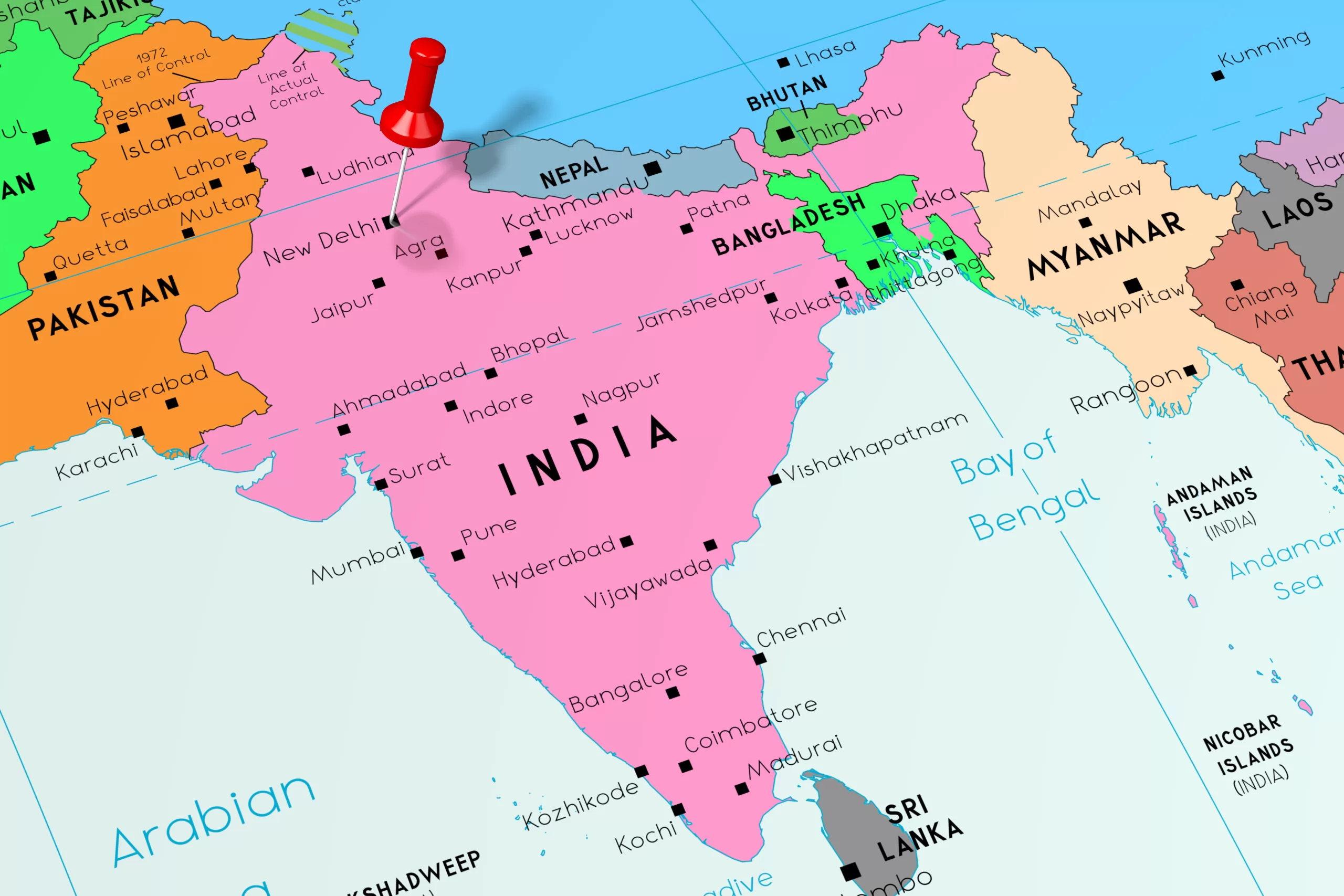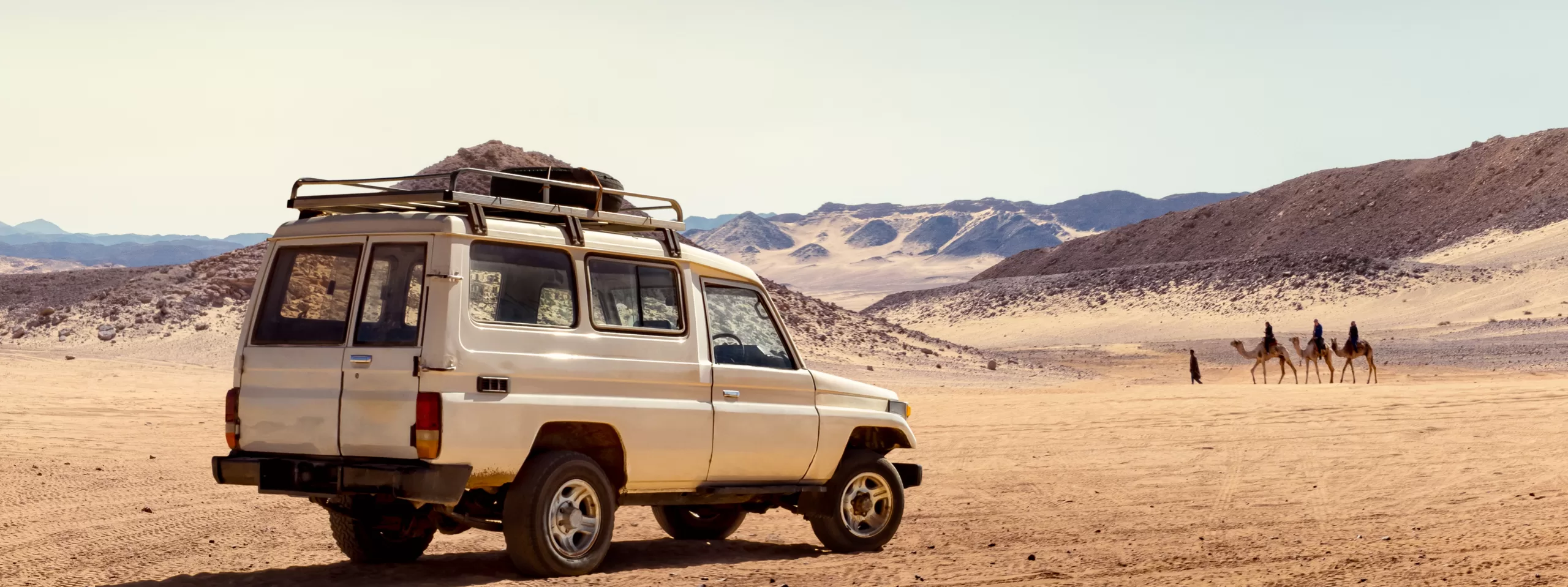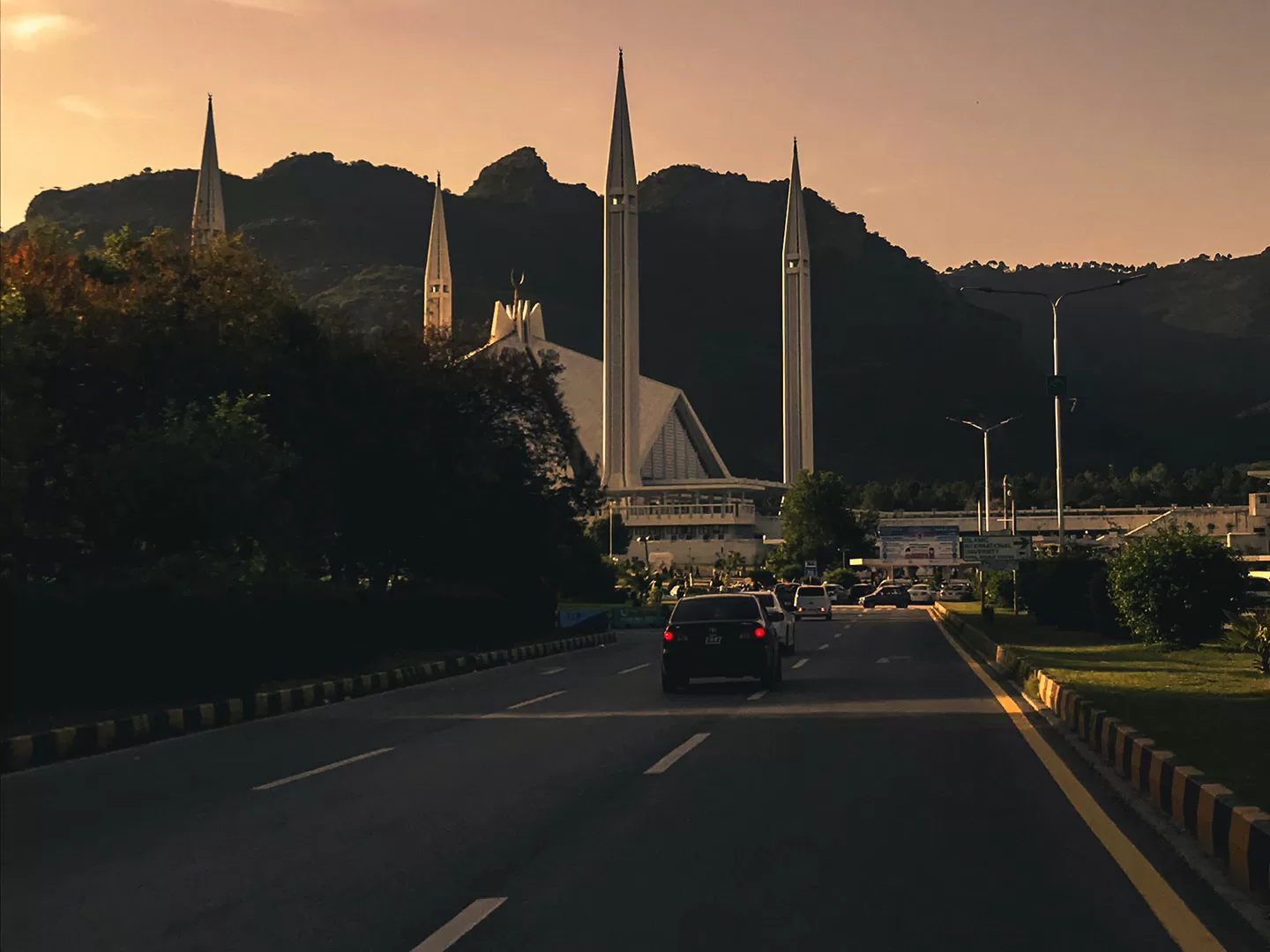By Michele Wright
An overland adventure in Northern India and Nepal is a journey of a lifetime where the intrepid traveller can delight in awe-inspiring landscape and a depth of culture and spirituality to sooth the questing soul.
Separated by the majestic Himalayan Mountain range, these two countries boast a melting pot of customs and differences, yet similarities abound. Family, hospitality and religion play a strong role in life, and your interactions with warmly welcoming locals will ensure your journey is a memorable one.
From the bustling metropolis of Delhi, which bursts at the seams with chaos, vibrancy and noise, to the serene lakes and mountain vistas of Pokhara, each day brings new experiences to be mindfully savoured. We have picked out our top 7 destination highlights which should be included in your itinerary.
1 - Delhi
On arrival in the Indian capital, Delhi, you are immediately confronted with a sense of old and new, layers of history which stand alongside a world racing forward at a frantic pace.
Explore the historic Red Fort once residence of the Mughal emperors, and stroll amongst the locals in the markets of Old Delhi. Stand beside India’s tallest minaret the Qutab Minar (or Victory Tower), and marvel at the intricate motifs carved into the stone. Here the bazaars are redolent with aromatic flavours of spices used in cuisine – a feast for the senses. Cuisine in this region includes delicious rich dishes such as butter chicken, biryani and naan – in addition to a wealth of vegetarian options.
2 – Jaipur
Approximately 300 kms from Delhi, along good roads, is Jaipur, also known as the Pink City. One of Jaipur’s most popular tourist spots is the Amber Fort, a hilltop construction of red sandstone and marble, overlooking Maota Lake. Jaipur is also home to the majestic Hawa Mahal (Palace of the Winds) and the City Palace, once home to a Maharaja and now an impressive museum. While in Jaipur, star gazers should visit the Jantar Mantar observatory, a UNESCO World Heritage Site which houses the largest stone sundial in the world.
3 – Agra
Fairly good roads lead the 230 kms from Jaipur to Agra, in the western Uttar Pradesh state. Here we continue our themes of beauty and structure, with the iconic Taj Mahal, located on the banks of the Yumuna River. This pristine marble mausoleum is a testament to love - and architectural genius. It was built by a shah to honour the memory of one of his wives and as it glitters pink and gold at sunrise and sunset, it appears that love has stood the test of time.
4 – Varanasi
One of the oldest inhabited cities in the world, Varanasi is the place to immerse yourself in the spiritual heart of India. The city is about 630 kms from Agra and the route has many interesting places to stop en-route.
Varanasi is a location where devout Hindus aim to pilgrimage, if possible. It lies on the banks of the Ganges River, where you can see the mesmerising Ganga Aarti ceremony of the ghats. This evening ceremony, led by priests, is the worshipping of the river. While in Varanasi, spend time exploring the old town, with its rich cultural heritage.
5 – Kathmandu
From Varanasi, travel to Sunauli where you cross the border into Nepal from Northern India on your way to Kathmandu. The distance is approximately 500 kms.
(Handy Tip: You will need to ensure you have your TripTik or Carnet de Passage (CPD) with you during the border crossing. This is a customs documentation like a passport for your car and allows the temporary importation of vehicles when crossing borders.)
‘Must sees’ in captivating Kathmandu include Durbar Square where the architecture reveals the ancient history of the Himalayan nation. Also take the opportunity to view two UNESCO World Heritage sites - the Monkey Temple, (or Swayambhunath Stupa), and the epicentre of Tibetan Buddhism, the massive Boudhanath Stupa. ‘Stupa’ is a dome-shaped Buddhist shrine, typical of the area. If you would like to immerse yourself in the spirituality of the region, you can witness sacred Hindu rituals on the banks of the Bagmati River, at Pashupatinath Temple. Nepal is primarily Hindu and Buddhist – the latter due to close proximity to Tibet - and the Kathmandu Valley is a fascinating religious hub of temples, shrines and monasteries.
6 – Pokhara
Although it is only 200 kms from Kathmandu, the drive time from capital to Pokhara is close to 8 hours. As you are travelling through the Himalayas, this route is fairly challenging. The lakeside city of Pokhara is the gateway to the Annapurna region – a place of scenic valleys, crystal waters and charming villages perfect for exploration. We recommend taking a boat ride on the Phewa Lake to get a true sense of the majesty of the landscape. This region is renowned for its trekking, so keen hikers should consider adding in a 7-day Annapurna Base Camp Trek to get their fill of mountains and breath-taking vistas. Varied hikes cater to all levels of fitness from easy to strenuous.
7 – Chitwan National Park
Approximately 170 kms from Pokhara lies the spectacular Chitwan National Park – where you are bound to get a touch of safari fever. The park’s diverse eco-systems are home to rare creatures such as Bengal Tigers and single-horned Asiatic Rhinos, as well as elephant and pangolin. Resorts and lodges within the park provide accommodation, and while here you can learn about various conservation efforts and programmes, or visit the important Hindu archival site, Bikram Baba.
A trip through Northern India and Nepal takes you through rugged terrain, from one magnificent spot to the next. To many, this is a journey of self-discovery, as you become fully immersed in the magic of ancient cultures, religious traditions and an enchanting history. Don’t forget to plan ahead by obtaining your Triptik or Carnet de Passage (CPD) to ensure when crossing the border with your vehicle, your customs interactions are smooth and event free.


